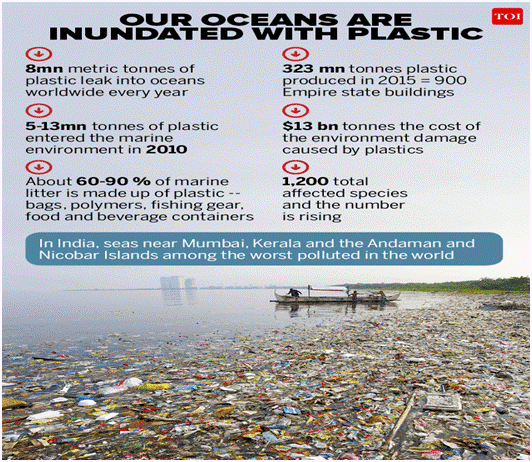Free Courses Sale ends Soon, Get It Now


Free Courses Sale ends Soon, Get It Now



Copyright infringement is not intended
Context: As per study, published in the journal Environment International, the Microplastic pollution has been detected in human blood for the first time.
More about news:
What are microplastics?
Why is microplastic pollution especially harmful?
Measures taken by government:
Plastic Waste Management Rules, 2016
Way Forward:
The 3R’s +E Strategy:
Legal wayout:
Conclusion:
© 2024 iasgyan. All right reserved